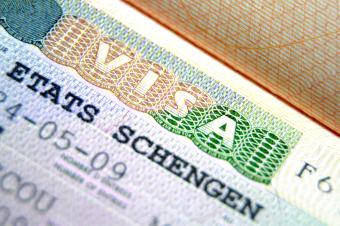Selection Systems
Recent Activity
For economic and political reasons, more governments are turning to visas to admit select groups of highly skilled immigrants (especially in high-tech and high-growth fields) to their countries to boost entrepreneurship and enhance job creation. A look at the challenges, opportunities, and increasing popularity of these entrepreneur visa programs.
Migrant-sending and migrant-receiving countries rarely collaborate on migration issues because the structure of global migration systems ensures they often disagree about core policy issues. This report shows that migration collaboration makes sense when states share common goals they cannot achieve on their own.
In a report by MPI's Labor Markets Initiative, noted economist and Georgetown University Public Policy Institute Professor Harry J. Holzer examines the economic reasoning and research on these questions and looks at the policy options that shape the impact of less-skilled immigration on the economy. The discussion is on what policy reform would best serve native-born American workers, consumers, and employers, as well as the overall U.S. economy.






